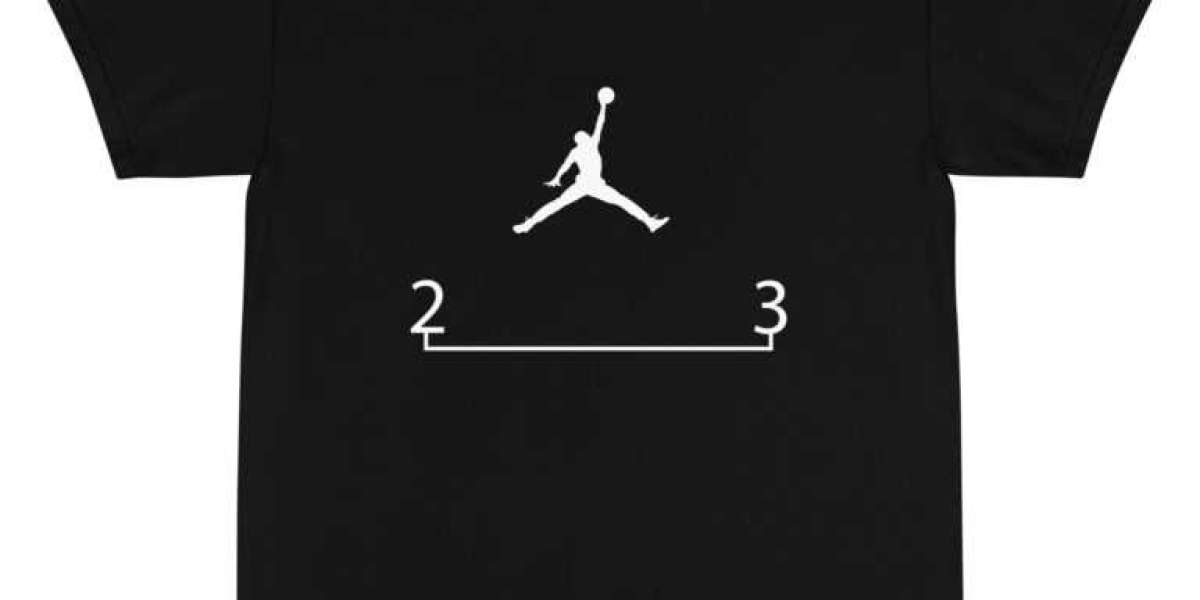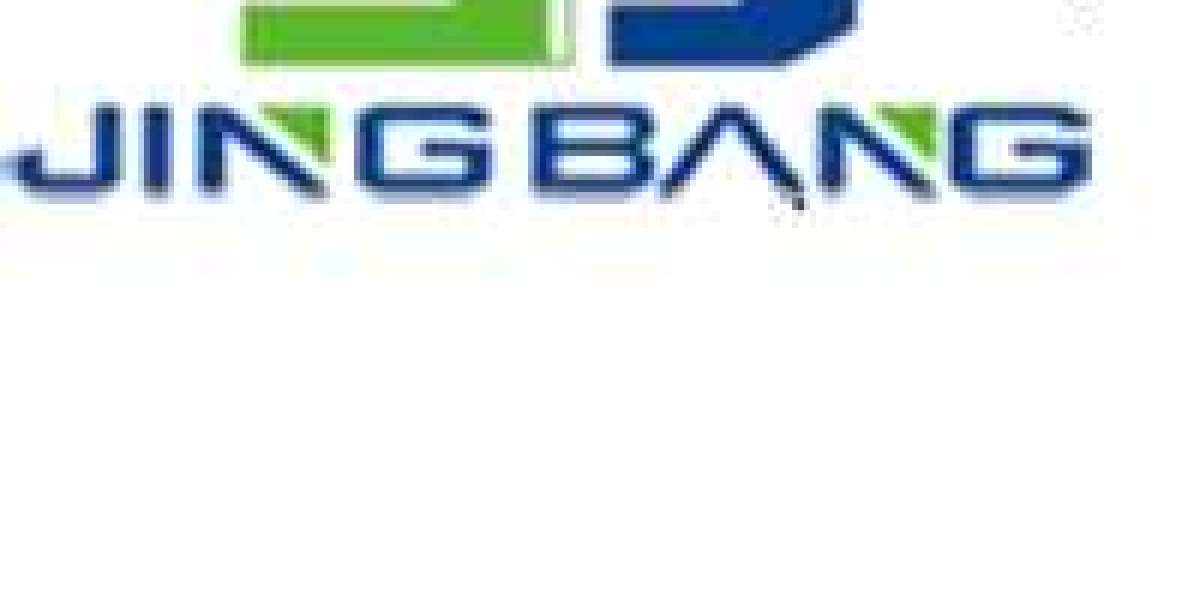The fashion industry is one of the most dynamic and competitive sectors in eCommerce. With millions of online stores vying for attention, mastering SEO (Search Engine Optimization) is crucial for standing out and driving traffic to your fashion eCommerce site. This guide reveals the best-kept SEO secrets to help you elevate your online fashion business and achieve eCommerce success.
Understanding the Importance of SEO in Fashion eCommerce
What is SEO?
SEO stands for Search Engine Optimization. It involves optimizing your website to improve its visibility in search engine results pages (SERPs). For fashion eCommerce sites, this means making your site more attractive to search engines like Google, so it appears higher in search results when users look for fashion-related keywords.
Why SEO Matters for Fashion eCommerce
In the competitive fashion world, SEO is vital for several reasons:
- Increased Visibility: Higher rankings lead to more visibility, attracting more potential customers.
- Targeted Traffic: SEO helps you attract visitors who are specifically searching for fashion products, increasing the likelihood of conversions.
- Cost-Effective Marketing: Unlike paid ads, SEO offers long-term benefits and a higher return on investment.
- Enhanced User Experience: Good SEO practices improve site usability, making it easier for customers to find and purchase products.
Key SEO Strategies for Fashion eCommerce Success
Conducting Effective Keyword Research
Why Keyword Research is Essential
Keyword research is the foundation of any SEO strategy. By identifying the right keywords, you can target terms that potential customers use when searching for fashion products. This ensures your site appears in relevant searches, driving more qualified traffic to your store.
Tools for Keyword Research
Several tools can help you discover valuable keywords:
- Google Keyword Planner: Provides insights into keyword search volume and competition.
- Ahrefs: Offers detailed keyword analysis and competitor research.
- SEMrush: Helps identify keyword opportunities and track keyword performance.
Choosing the Right Keywords
Focus on a mix of short-tail and long-tail keywords:
- Short-Tail Keywords: General terms like “women’s dresses” with high search volume but also high competition.
- Long-Tail Keywords: More specific phrases like “affordable summer dresses for women” with lower competition and higher intent.
Optimizing On-Page Elements
Crafting Effective Title Tags
Title tags are crucial for both SEO and user engagement:
- Include Keywords: Use relevant keywords to make your titles more searchable. For example, “Stylish Summer Dresses for Women – [Your Brand Name].”
- Be Descriptive: Clearly describe the content of the page to attract clicks.
- Keep it Concise: Aim for a length of 50-60 characters to ensure the full title appears in search results.
Writing Engaging Meta Descriptions
Meta descriptions provide a summary of your page content:
- Incorporate Keywords: Use relevant keywords naturally within your descriptions.
- Highlight Benefits: Describe what users will find on the page and why it’s valuable.
- Optimal Length: Keep meta descriptions between 150-160 characters.
Optimizing Product Descriptions
Product descriptions should be detailed and keyword-rich:
- Unique Content: Write unique descriptions for each product to avoid duplicate content issues.
- Include Keywords: Use keywords naturally to improve relevance in search results.
- Focus on Benefits: Highlight the features and benefits of your products to engage potential buyers.
Image Optimization
Images play a significant role in fashion eCommerce:
- Use High-Quality Images: Ensure images are clear and professional.
- Add Descriptive Alt Text: Use descriptive alt text for images to improve accessibility and SEO, such as “elegant red evening dress.”
- Optimize File Sizes: Compress images to reduce loading times without sacrificing quality.
Technical SEO for Fashion eCommerce
Mobile Optimization
With the rise of mobile shopping, optimizing for mobile is crucial:
- Responsive Design: Ensure your site is mobile-friendly and adjusts to various screen sizes.
- Mobile Navigation: Simplify navigation for mobile users to enhance the user experience.
Improving Site Speed
Site speed impacts both user experience and SEO:
- Optimize Images: Compress images to speed up page loading.
- Reduce HTTP Requests: Minimize the number of elements on your pages to enhance load times.
- Leverage Browser Caching: Use caching to store frequently accessed data and improve performance.
Implementing Schema Markup
Schema markup helps search engines understand your content:
- Product Schema: Add schema markup for products to display details like price and availability in search results.
- Breadcrumb Schema: Use breadcrumb schema to improve site navigation and visibility.
Content Marketing Strategies
Blogging for Fashion eCommerce
Blogs can drive traffic and engage your audience:
- Write Relevant Topics: Cover subjects like fashion trends, styling tips, and product guides.
- Use Keywords: Incorporate relevant keywords into your blog posts to improve search rankings.
- Include Visuals: Add images and videos to make your content more appealing.
Creating Lookbooks
Lookbooks showcase your fashion products in a curated format:
- Feature Trends: Highlight the latest fashion trends and how your products fit into them.
- Inspire Customers: Provide styling ideas and outfit combinations to engage your audience.
Developing Fashion Guides
Fashion guides offer valuable information to customers:
- Comprehensive Content: Create detailed guides on topics like “How to Choose the Right Winter Coat” or “Fashion Tips for the Summer Season.”
- Optimize for SEO: Include relevant keywords to boost the visibility of your guides.
Building Quality Backlinks
Importance of Backlinks
Backlinks from reputable sites enhance your site’s authority and search rankings:
- Guest Posting: Write articles for fashion blogs and include backlinks to your site.
- Influencer Partnerships: Collaborate with fashion influencers to gain backlinks and increase visibility.
- Press Releases: Share news about your products or company to attract media coverage and backlinks.
Monitoring and Managing Backlinks
Regularly review your backlink profile to ensure quality:
- Use SEO Tools: Tools like Ahrefs and SEMrush can help you analyze and manage backlinks.
- Google Search Console: Monitor your backlinks and identify any potentially harmful links.
Local SEO for Fashion Stores
Optimizing for Local Searches
If you have a physical store or target specific locations, local SEO is important:
- Google My Business: Create and optimize your Google My Business profile with accurate information and customer reviews.
- Local Keywords: Include location-based keywords in your content, such as “fashion boutique in [Your City].”
- Local Directories: Ensure your business is listed in local directories and review sites.
Measuring SEO Performance
Key Metrics to Track
To gauge the effectiveness of your SEO strategy, focus on these metrics:
- Organic Traffic: Monitor the volume of visitors coming from search engines.
- Keyword Rankings: Track your rankings for targeted keywords and adjust your strategy as needed.
- Conversion Rate: Measure how well your site converts visitors into customers.
Using Analytics Tools
Analytics tools provide insights into your SEO performance:
- Google Analytics: Track website traffic, user behavior, and conversions.
- Google Search Console: Monitor search performance, index status, and fix technical issues.
- SEO Tools: Use tools like SEMrush and Ahrefs for detailed SEO analysis and reporting.
Continuous SEO Improvement
Staying Updated with SEO Trends
SEO is an ever-evolving field, so staying informed is crucial:
- Follow Industry Blogs: Keep up with updates from SEO experts and industry leaders.
- Adapt to Algorithm Changes: Regularly review and adjust your strategies based on search engine algorithm updates.
Regularly Reviewing and Refining Strategies
SEO requires ongoing effort:
- Analyze Performance Data: Use analytics to assess what’s working and what needs improvement.
- Adjust Tactics: Continuously refine your SEO strategies to stay competitive and achieve long-term success.
Conclusion
Mastering SEO for your fashion eCommerce store is essential for standing out in a competitive market and driving long-term success. By implementing effective keyword research, on-page optimization, technical SEO, content marketing, and link-building strategies, you can improve your site’s visibility, attract more targeted traffic, and boost sales. Remember, leveraging SEO for fashion eCommerce is a continuous journey that requires regular updates and adaptations to stay ahead of your competition in 2024 and beyond. With these secrets in your toolkit, you can elevate your fashion brand and achieve remarkable eCommerce success.








